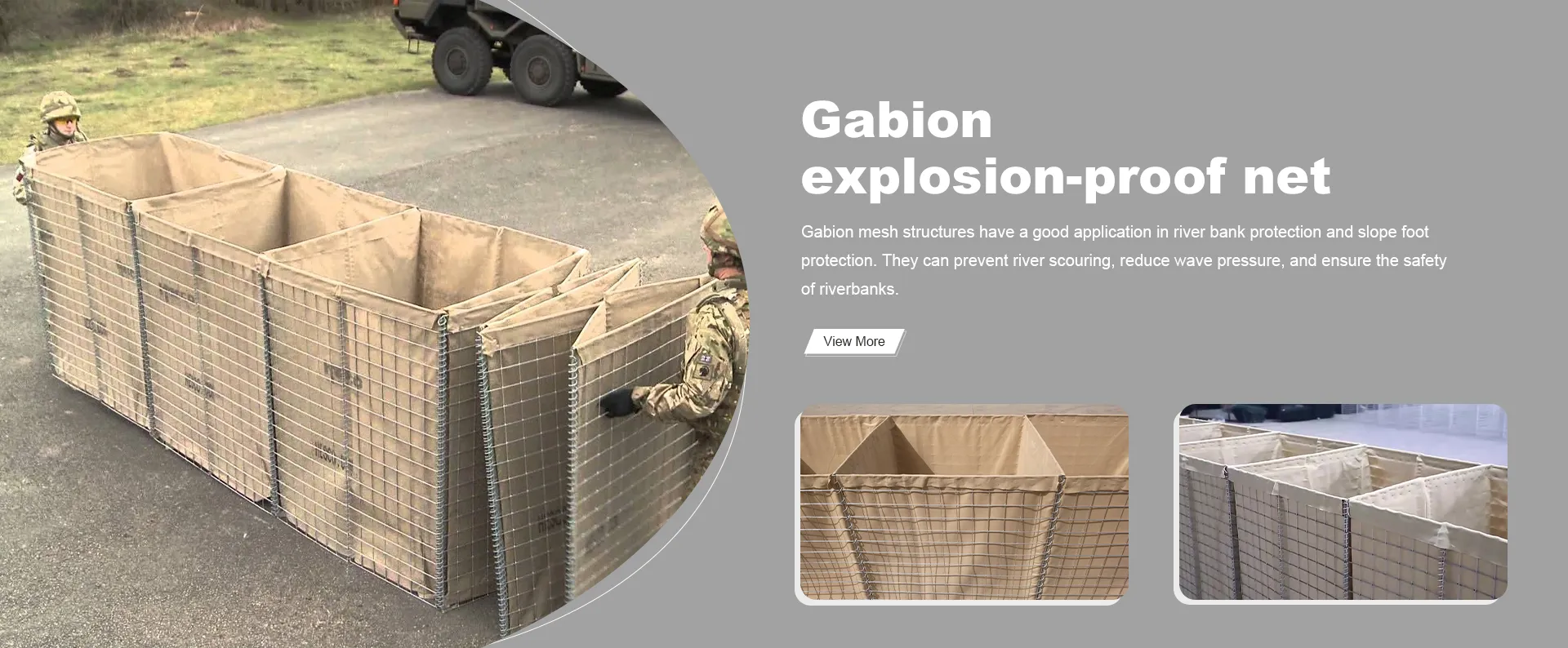-
 Phone:
Phone: -
 Email:
Email:

stainless steel bailing wire
The Versatility of Stainless Steel Bailing Wire An Essential Material in Various Industries
Stainless steel bailing wire is an integral component used in a multitude of applications across various industries. Known for its strength, durability, and resistance to corrosion, it serves crucial functions in agriculture, construction, recycling, and more. This article delves into the unique characteristics of stainless steel bailing wire, its applications, and its significance in modern manufacturing and production processes.
Characteristics of Stainless Steel Bailing Wire
Stainless steel bailing wire is made from stainless steel alloys, primarily featuring chromium, which imparts resistance against rust and corrosion. This wire is typically produced in several grades, with 304 and 316 being the most common. Grade 304 offers excellent corrosion resistance, making it appropriate for a wide range of environments. Grade 316, enriched with molybdenum, provides superior resistance to chloride-induced corrosion, making it ideal for marine applications or areas with high salinity.
Another key characteristic of stainless steel bailing wire is its tensile strength. The wire can withstand significant stress without breaking, which is essential for applications that involve weight-bearing loads. Additionally, stainless steel bailing wire is flexible yet rigid enough to hold its shape when formed or twisted, allowing for easy manipulation during usage.
Applications of Stainless Steel Bailing Wire
1. Agriculture One of the primary uses of stainless steel bailing wire is in the agricultural sector. Farmers utilize this wire for binding bales of hay, straw, or other materials. Its strength ensures that large bales are securely tied together, reducing the risk of them falling apart during storage or transport. Furthermore, stainless steel’s resistance to rust means that it can withstand exposure to moisture and outdoor elements without degrading.
2. Construction In construction, stainless steel bailing wire is utilized for tying rebar, securing concrete forms, and reinforcing structural elements. It provides critical support in various constructions by ensuring that materials remain in place during the curing process of concrete. Its strength and durability make it a preferred choice in construction projects where reliability is paramount.
stainless steel bailing wire

3. Recycling Stainless steel bailing wire plays a vital role in the recycling industry, especially in the collection and processing of scrap metal. Bailing wire is used to compress and bind scrap materials into manageable bundles, making it easier to transport to recycling facilities. This efficient use of space not only optimizes transport costs but also enhances the overall recycling process.
4. Craft and Hobby Beyond industrial applications, stainless steel bailing wire has found a place in craft and hobby projects. Artists and crafters appreciate its versatility for sculptures, jewelry making, and other forms of artistry. Its aesthetic appeal, combined with durability, allows for the creation of long-lasting pieces that can endure weathering and handling.
5. Marine Applications In maritime settings, where exposure to saltwater is a concern, grade 316 stainless steel bailing wire is often the material of choice. This wire is used in various applications, including securing boats, mooring lines, and other marine installations. Its ability to resist corrosion ensures that it remains functional and safe even in challenging environments.
Importance in Modern Manufacturing
The demand for stainless steel bailing wire has grown as industries increasingly prioritize sustainability and durability in their operations. Its recyclability aligns with eco-friendly practices, making it a material of choice for manufacturers committed to reducing their environmental footprint. Additionally, the longevity of stainless steel bailing wire reduces the need for frequent replacements, which can lead to cost savings in the long term.
As various industries continue to evolve and innovate, the importance of stainless steel bailing wire remains evident. Its combination of strength, versatility, and resistance to environmental degradation positions it as an essential material in both traditional and modern applications. Whether you're a farmer, builder, recycler, or artist, stainless steel bailing wire undoubtedly plays a role in your processes, contributing to efficiency and effectiveness in countless ways.
In conclusion, stainless steel bailing wire is not just a simple binding tool but a vital material that supports a wide array of industries. Its incredible properties and wide-ranging applications underscore its significance in enhancing productivity and innovation across sectors. As technology progresses and new uses are discovered, the relevance of stainless steel bailing wire is likely to grow, solidifying its place as a cornerstone material in manufacturing and production.
-
Wire Mesh for Every Need: A Practical SolutionNewsJul.25,2025
-
Steel Fences: Durable, Secure, and Stylish OptionsNewsJul.25,2025
-
Roll Top Fencing: A Smart Solution for Safety and SecurityNewsJul.25,2025
-
Cattle Farm Fencing Solutions for Maximum SecurityNewsJul.25,2025
-
Affordable Iron Binding Wire SolutionsNewsJul.25,2025
-
Affordable Galvanized Wire SolutionsNewsJul.25,2025
-
Wire Hanger Recycling IdeasNewsJul.25,2025








